
 China Harbour Engineering Company is using BSP’s hydraulic piling hammer at the Tripoli port.
China Harbour Engineering Company is using BSP’s hydraulic piling hammer at the Tripoli port.
Piling work is well under way to extend the existing facilities at the Port of Tripoli in Lebanon by constructing a 600-m berth for loading/offloading ships, together with an area for container storage.
To install the sheet and tubular piles required for the foundations, main contractor, The China Harbour Engineering Company is using a crane-suspended BSP International Foundations CG300 hydraulic piling hammer powered by a HydroPak with a 250 kW output.
Initial dredging to a depth of 15 m is being carried out around the location of the proposed berth. The dredged spoil is deposited in an area at the end of the berth to reclaim land. A combi wall is to be constructed using more than 360 (AU20) sheet piles and 190 steel tubular piles, 27 m long with a diameter of 1.22 m and a wall thickness of 15.88 mm. This wall will extend out into the sea from the existing quay and run 600 m along the coastline.
“The piles are to be driven around 10 m into the seabed through a 15 m depth of water. More than 200 bearing piles with a diameter of 1.066 m and a length of 37 m are to be installed parallel to the combi wall and driven almost 21 m into the seabed,” explains a spokesman for BSP International. “Ground conditions below the seabed comprise various silty clays (stiff to hard, medium plastic). Driving conditions are good as shown by the SPT values, which range from N-15 at the seabed to N-35 at the pile toe.”
With a 20-tonne ram weight, the CG300 is the largest model in BSP’s five-model CG heavy-duty piling hammer range. However, the company can tailor-build larger units for special projects or to suit customer requirements. Although BSP has sold piling equipment for civil engineering projects in Lebanon, the CG300 is the first of its type to be sold in that country.
The CG300 has been designed to operate from piling rig leaders or crane suspended and is suitable to drive a wide variety of bearing piles. When working in crane-suspended mode as on this Tripoli project, a tubular pile guide is used which is directly connected to the bottom of the hammer cage. Piling helmets are also available to efficiently transfer the hammer impact to the pile.
The China Harbour Engineering Company’s piling consultant Elias Azar says: “We are extremely pleased with the performance of the CG300. The pile heads have not been damaged during driving which I know is due to the pile cap fitting correctly on the pile heads. Also, final driving set is averaging 6.7 mm to 11.5 mm per blow for every 10 hammer blows.”
“All the CG hammers are equally suitable for driving bearing piles from piling rig leaders and include hinged-type back guides to allow speedy installation onto the leader. A detachable trip can be supplied to allow the hammer to follow the pile without the need to continually pay out the hammer rope,” he adds.
Fitted with the well-proven BSP remote-controlled panel, the CG range can deliver an infinitely variable stroke and blow rate. This enables precise delivery of energy to the pile, allowing the contractor to maximise production rates, avoid pile damage and problems of pile runaway, he adds.
A major feature of the CG piling hammers is the design of the hydraulic actuator providing a very efficient performance, which for a given blow rate and energy transference requires less fuel and reduced exhaust emissions. Using a BSP control manifold valve, the CG range can be connected into an existing power supply from a hydraulic piling rig or crawler crane base. BSP also offers a range of skid-mounted power packs, all of which fully conform to the latest EC regulations governing emissions and noise.
BSP has been designing and manufacturing piling hammers for more than a century, developing and supplying contractors throughout the world with equipment from the early steam powered units through to air, diesel and the latest hydraulic range.
The company’s sales agents are found in most GCC states.






.jpg)
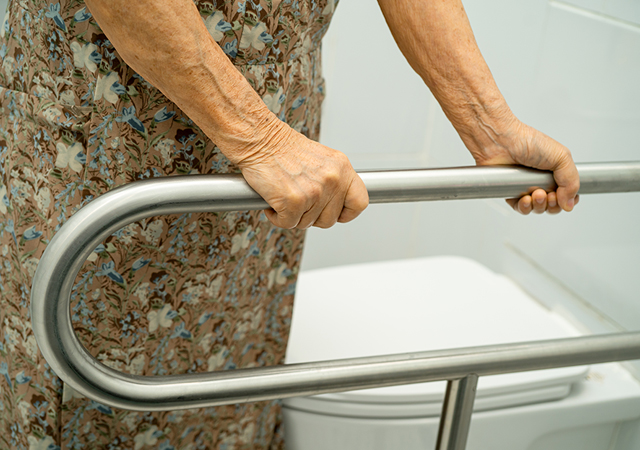








.jpg)


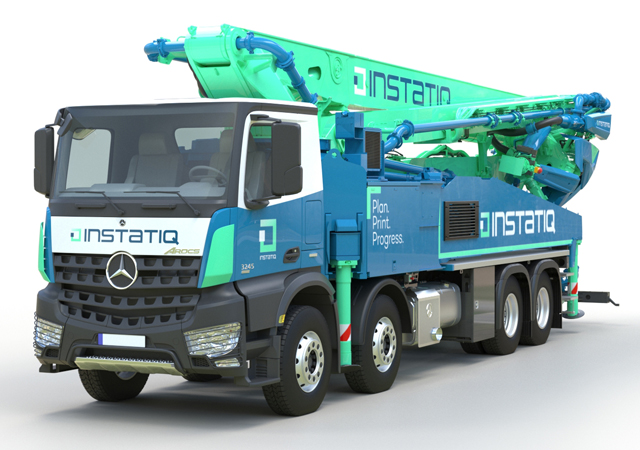


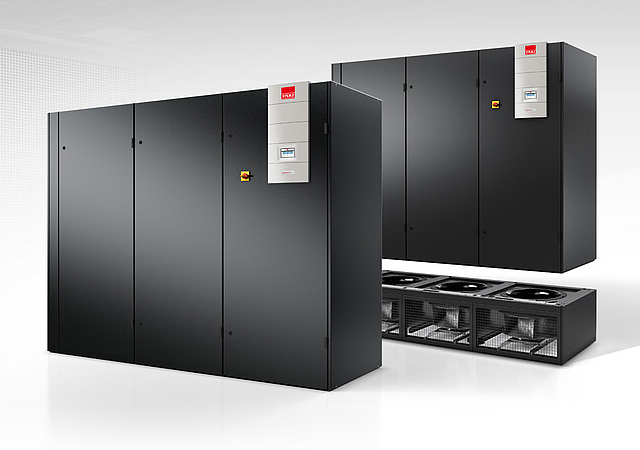
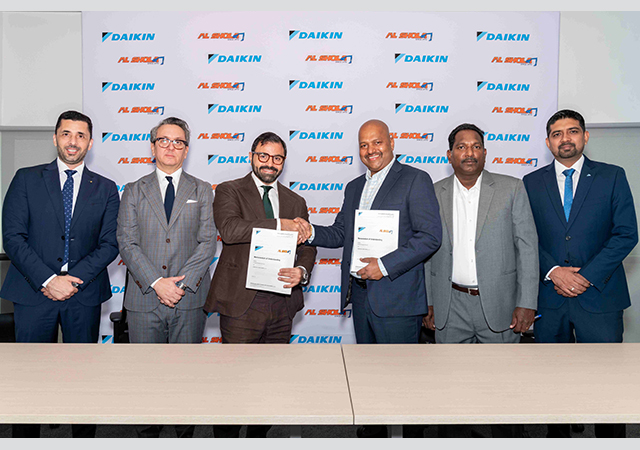

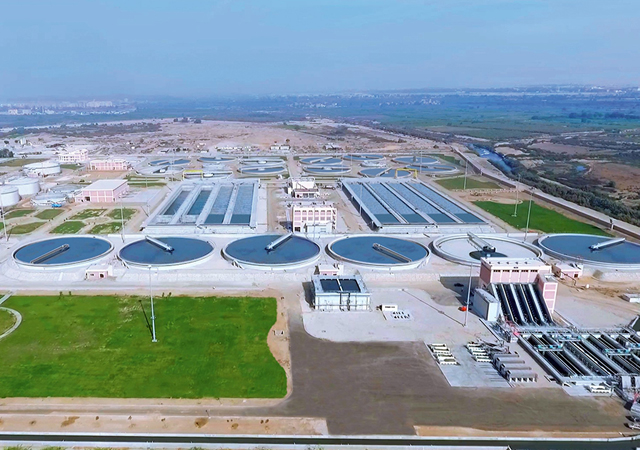






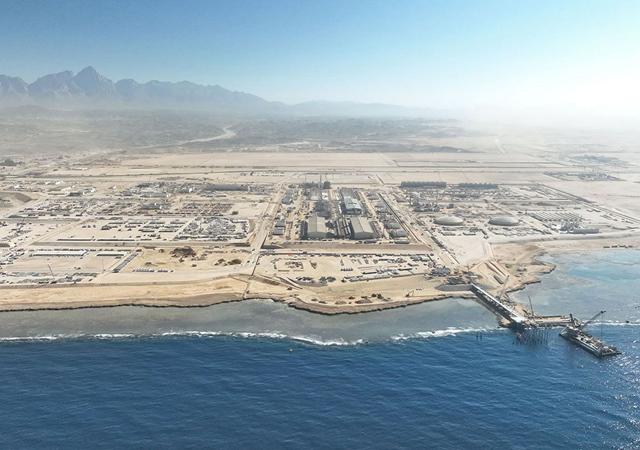
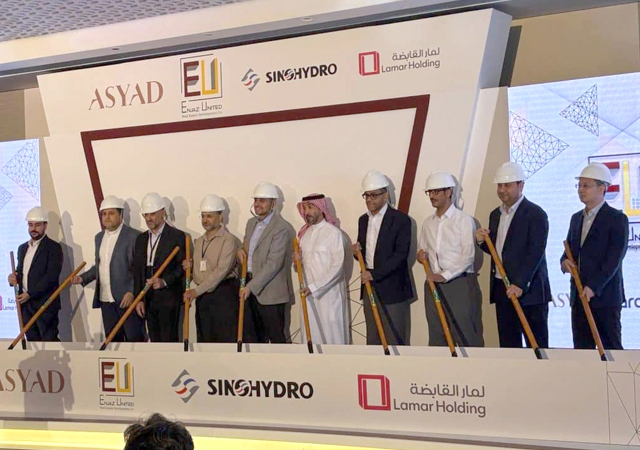

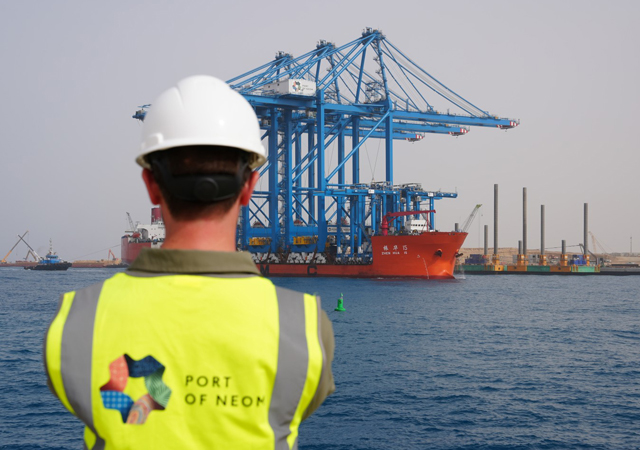












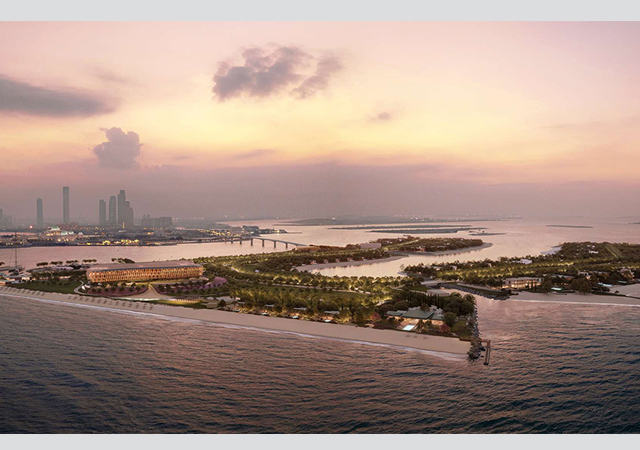




.jpg)





